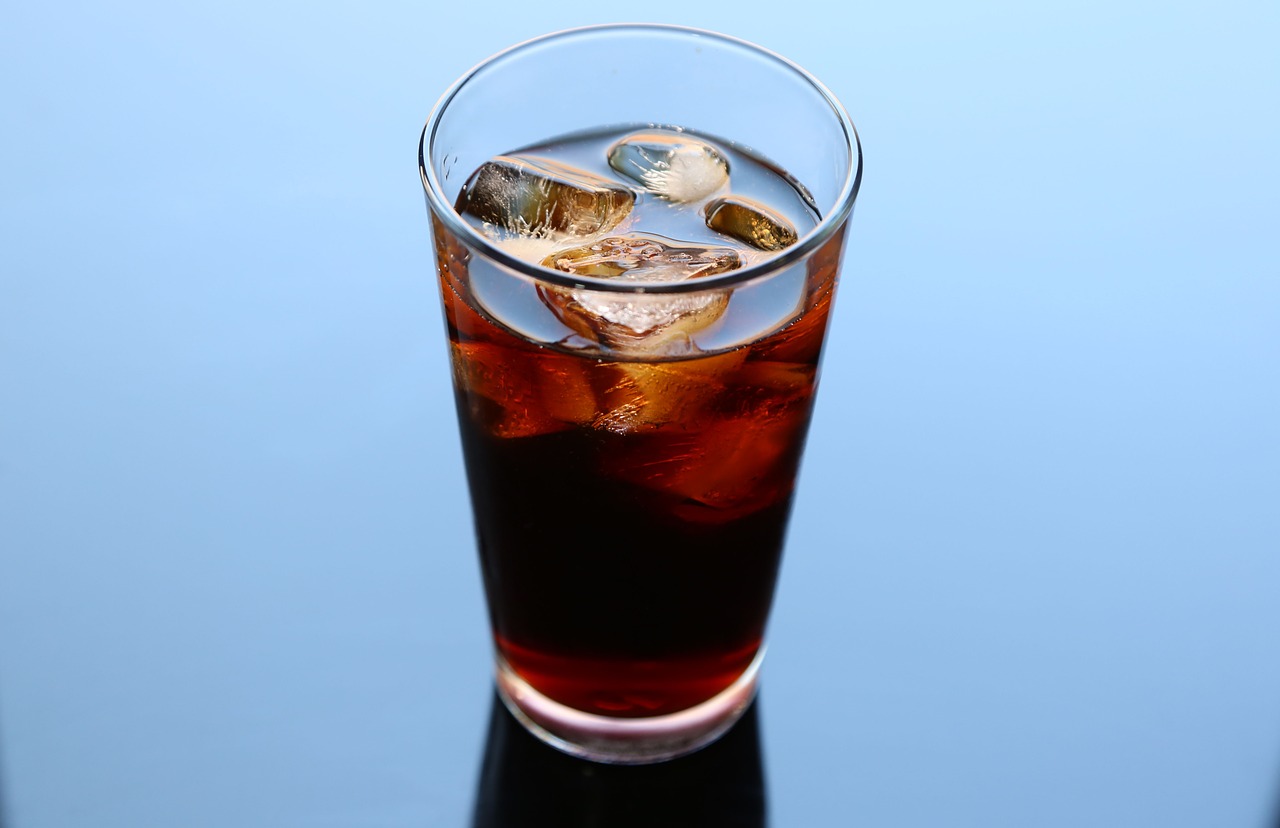

If you want to buy cold brew coffee, known for tasting smoother and naturally sweeter than its hot cousin, you’ll have to deal with its inflated price tag. Luckily, it’s quite easy to make your own cold brew, despite what Big Coffee would like you to believe. We’ve put together a DIY recipe for the caffeinated cooler, along with a primer on the science behind it.
When you make coffee by pouring hot water over grounds, the liquid extracts oils, acids, sugars, minerals, and proteins from the beans, giving you a drinkable mug in minutes. To make cold brew using the most common method, immersion brewing, you put coffee grounds in cold water and let them sit for about a day. During those hours, the same chemical processes that occur rapidly during hot brewing take place far more slowly.
Thanks to the difference in brewing speed, the two methods extract different proportions of the same compounds, and thus taste slightly different. Hot coffee draws out more acids, which gives the beverage more bright or floral flavor notes. More compounds also exit the drink in its steam, producing that characteristic coffee smell. Cold brew gets fewer acids so it tastes naturally sweeter on our tongues, and the compounds have a longer time to mix so the flavors are sometimes called “muddled.” So the cooler drink winds up tasting more muted, smoother, and sweeter.
Hot coffee’s accelerated extraction process also accelerates the onset of decay, which creates the liquid we think of as rancid coffee, when the beverage tastes more like acid than coffee. Cold brew’s slower burn gives it a longer shelf life.
Now that you know how it works, you’re ready to make your own cold brew. While you can certainly shop for specialized gadgets to help (like the best cold brew coffee makers), they mostly just make measurements consistent and clean-up easier. You don’t have to shell out for fancy gear to make a great batch of sweet, smooth, caffeine goodness.
Tools and materials
- Kitchen scale
- Coarse coffee grounds, any roast
- Cold filtered water
- Container, anything from a mason jar to a sanitized gallon buckets
- Long-handled spoon or other stirrer
- Filter, such as a coffee filter, cheesecloth, a clean pillowcase, or fine mesh
Instructions
- Measure out the water and coffee grounds at a ratio of eight to one by weight. For example, if you use 2 cups of water, then you’ll need about 4.5 tablespoons of coffee.
- Mix the water and coffee grounds in the container and stir them to make sure water saturates all the grounds.
- Cover the container and let it sit at room temperature for 18 to 20 hours.
- Remove the grounds from the coffee by pouring the mixture through the filter. If there are still grounds in the coffee after the first round, you may need to repeat this filtration process. (The next time you try this process, consider using a finer filter or coarser coffee grounds, which will be easier to remove.)
- Serve chilled or on ice, with milk and sugar if you prefer.
- Store your leftover cold brew in the fridge, where it can last up to fourteen days.
Beyond cold brew
In addition to immersion brewing, you can use a number of other methods to produce chilled coffee. To make Japanese iced coffee, you pour a reduced volume of hot water over the grounds, and let the liquid drip onto ice that flash-chills it. The resulting liquid has bright notes from the acid of hot brewing, but they’re not as strong because immediately cooling the liquid traps many of the aromatics in the coffee instead of releasing them into steam. For nitro cold brew, baristas infuse nitrogen into the beverage to give it a carbonated, creamy texture. Other variations include multiple brewing steps, some with hot water and some with cold, in order to combine hot coffee’s bright citrusy notes with cold brew’s smooth and syrupy mouth-feel.
Some coffee fanatics would contend these methods aren’t really cold brew—but it’s all about what makes the perfect cup of Joe for you. At the end of the day, they all contain that caffeine kick you’re craving.
